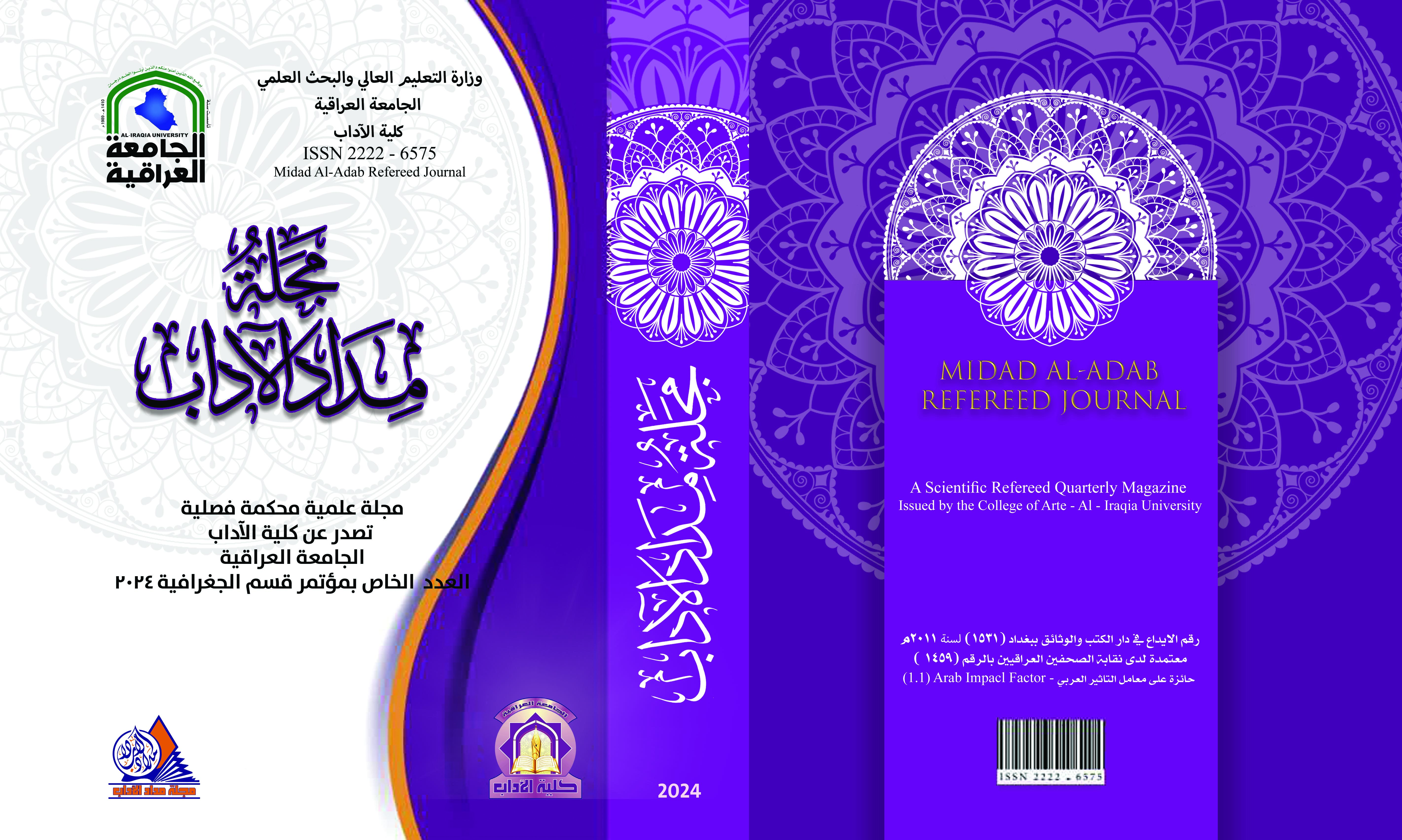Spatial variation of thermal limits and their impact on winter grain cultivation in the Erbil Plain District
DOI:
https://doi.org/10.58564/ma.v14iالعدد%20الخاص%20بمؤتمر%20قسم%20الجغرافية.1477Keywords:
Keywords: Macan variation, thermal limits, winter grains, wheat and barley, Erbil PlainAbstract
This study focuses on the effect of temperature as one of the important climatic elements on the cultivation and production of winter grains (wheat and barley) in terms of quantity and quality, and its spatial variation between the administrative units of the Erbil Plain District as one of the districts of the Erbil Governorate in the Kurdistan Region of Iraq. There is no doubt that temperature limits have a clear impact on the planting date of the two crops. Because wheat and barley are strategic food crops for the residents of the region, they have a major impact on ensuring food security for the residents of the district and the governorate. Which contributed, in one way or another, to investing agricultural lands and formulating sustainable agricultural planning with the aim of bringing about sustainable agricultural development in the region.
The study area is characterized by having tremendous natural and human potential for investing in suitable lands, working to expand the cultivated areas, and increasing the quantity and quality of their production.
Temperature values vary spatially in the Erbil Plain district as a result of its astronomical location (angle of incidence of rays and distance from the equator) and its topography. In the winter, temperature values decrease and their value gradually increases during the summer, and in general their values decrease as we move forward from the southern and southern parts. From the west of the district towards the northern and northeastern sides of the region gradually. The study clarified the thermal requirements of each of the crops studied and the extent of their impact on the productivity of the two crops and their cultivated areas. The study showed spatial variation in the minimum, maximum and optimum temperatures during the growth period of the two crops, despite the variation in the heat requirements of the two crops and their spatial variation and the amount of its availability according to the stations in the study area during the growth stages of the two crops. The study found that there is a clear difference in the appropriate temperature needs (maximum - minimum - optimum) for wheat and barley crops for each stage of their growth and compared to the basic thermal requirements for that stage. The results of the study showed that there is good thermal suitability in the region for growing the two crops
Downloads
Published
Issue
Section
License

This work is licensed under a Creative Commons Attribution-NonCommercial-NoDerivatives 4.0 International License.








